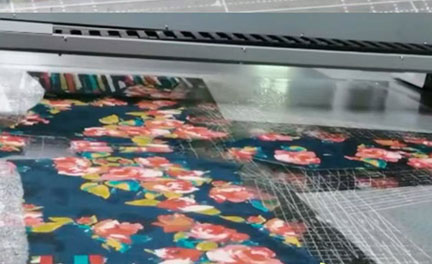
Dongguan Chunzhiyun Digital Technology Co., LtdFocus on high-end wool,cashmere products digital printing and special process technology research and development
-
159 2028 7601
-
- Language

Dongguan Chunzhiyun Digital Technology Co., LtdFocus on high-end wool,cashmere products digital printing and special process technology research and development
159 2028 7601

Fully automated machine production line, undertaking various clothing printing, Welcome to send pictures and samples for clothing printing.
Make every product and serve every customer well.

address:Room 402, Building 8, No.5, Sima Environmental Protection Industrial Road, Changping Town, Dongguan City, Guangdong Province
tel:+86-139 2361 4126 / Mr.Chen
tel:+86-0769-8381 1989
mailbox:boby@chunseyh.cn
website:www.dgchunzhiyun.com
QR code:



 Company WeChat QR code
Company WeChat QR code
 visit our Websit QR code
visit our Websit QR code
Product
Pants print Dress print Leather printingvanity print real moreabout us
Company corporate partnercertificateApplication
Digital printed T-shirt Digital printed skirt Digital printed dressDigital printed handbagDigital printed leather bagDigital printed pantsnews
trends Industry frequentlyContact Us
information